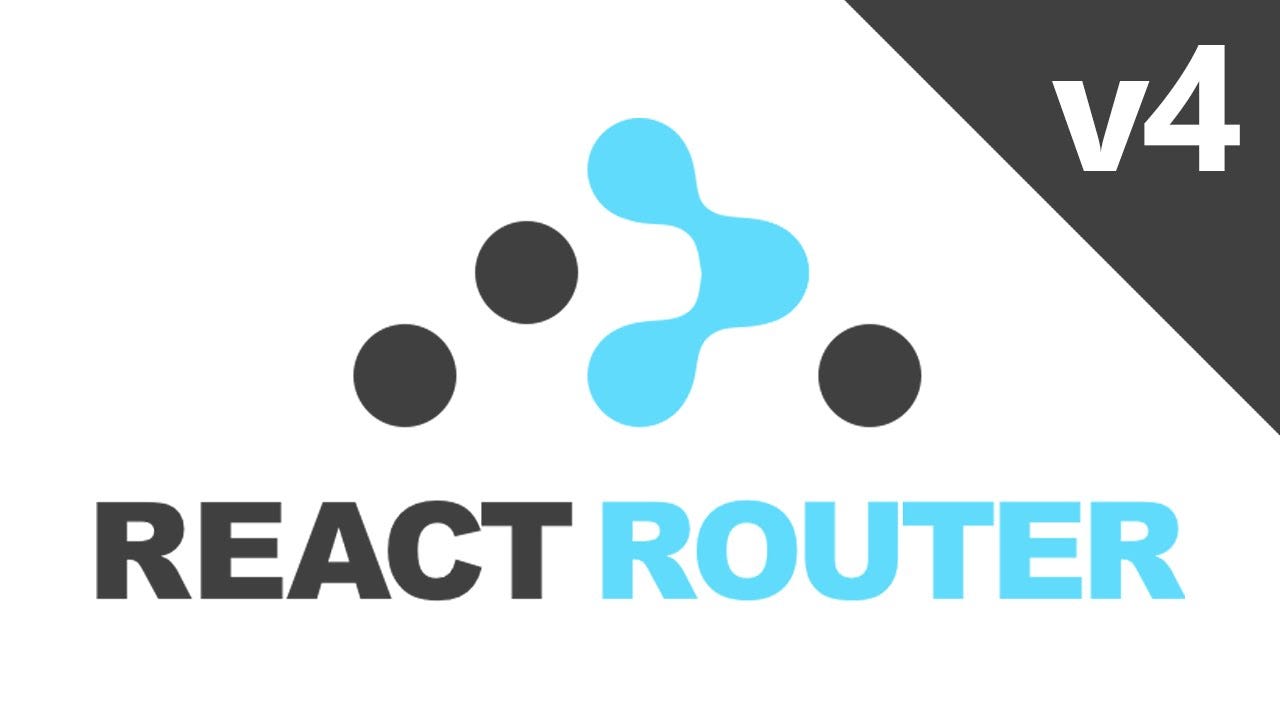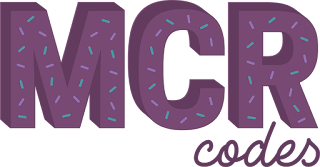Week 16 - Session 2 - React (Routers)
Following on from the previous sessions;
- Intro to React
- React (Class, Stateful Components, Event Handlers)
- React (Bind Methods, Render Lifecycle)
- React (Fetching data from an external API)
- React (Forms)
React Routers: React Router is the standard routing library for React. When you need to navigate through a React application with multiple views, you’ll need a router to manage the URLs. React Router does that, keeping your application UI and the URL in sync.
Here’s an example of how our routes will look:
```js
<Router>
<Route exact path="/" component={Home}/>
<Route path="/category" component={Category}/>
<Route path="/login" component={Login}/>
<Route path="/products" component={Products}/>
</Router>
```
You need a router component and several route components to set up a basic route as exemplified above. There are two types of routers from the React Router API:
- <BrowserRouter> - more popular because it uses the HTML5 History API to keep track of your router history.
- <HashRouter> - uses the hash portion of the URL (window.location.hash) to remember things.
Routing React Apps: The Complete Guide - https://scotch.io/tutorials/routing-react-apps-the-complete-guide


